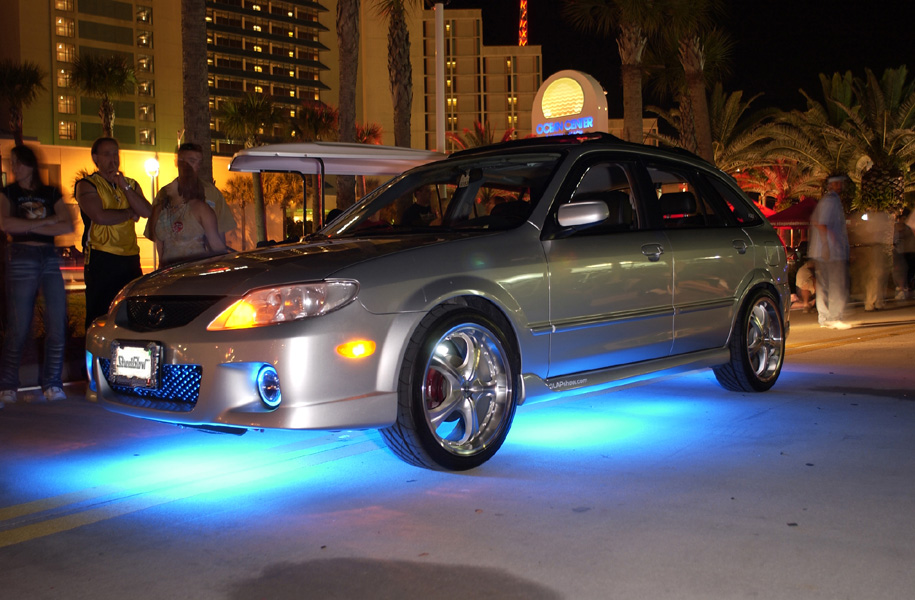Robert S.
GT40s Supporter
Unfair! Not a level playing field
I'm not certain what your motive is, nor what you are either asking or stating. You'll have to cut me some slack, since pot is not yet legalized in Kalifornia as it is in Colorado.
I believe GT40 p1075 was a 1968, G.H. Mirage. At least that's how the Auction house and other historians describe it. And, it is a wide body, Mk I.
In '68, one winning car was a Gulf MK I, wide body, with roundel #9, and in '69, a winning car was the same configuration with roundel #6. A winning car as used here, can be one that wins either 1st, 2nd. 3rd, or 4th place at LeMans, and/or elsewhere.
RE: p1075: "02/68 : Daytona, 8,
Ickx/Redman, DNF -03/68 : Sebring, 28, Ickx/Redman, DNF -04/68 : Brands Hatch, 4, Ickx/Redman, 1st – Monza, 39, Ickx/Redman,
DNF -05/68 : Nuerburgring, 65, Ickx/Hawkins, 3rd – Spa, 33, Ickx/Redman,
1st -07/68 : Watkins Glen, 5, Ickx/Bianchi, 1st -09/68 : Le Mans, 9, Rodriguez/Bianchi, 1st -02/69 : Daytona, 2, Hobbs/Hailwood, DNF -03/69 : Sebring, 22, Ickx/Oliver, 1st -06/69 : Le Mans, 6, Ickx/Oliver, 1st"
I elected not to use either a number 6, or a number 9 for my G.H. wide-body.
I strongly believe that wide body MK Is first appeared in '68 and '69.
I also strongly believe that 7L engines first appeared in '68 and '69.
It may be true that 7L were mostly used in MK IIs and MK IVs, but if so, I don't see how that relates to my car, or how my statements may wreak havoc in the GT40 world as we know it.
My statement on my web site regarding my car was that "it may be registered as a '65, which it was/is, but that, I/we can't help but think of it as a '69."
For the short run, and it may be changing, but I think it's still okay for one to have an opinion on one's own car, whether or not such an opinion is in agreement with anyone else's opinion. If I lived in Colorado, or elsewhere, I may hold the opinion that my car IS really a MK IV, who knows.
IHTSTRS (I Hope That Sets The Record Straight) Robert :burnout:
I read this on your site
I thought 1075 ran a Gurney-Weslake 4.9 liter engine?
I'm not certain what your motive is, nor what you are either asking or stating. You'll have to cut me some slack, since pot is not yet legalized in Kalifornia as it is in Colorado.
I believe GT40 p1075 was a 1968, G.H. Mirage. At least that's how the Auction house and other historians describe it. And, it is a wide body, Mk I.
In '68, one winning car was a Gulf MK I, wide body, with roundel #9, and in '69, a winning car was the same configuration with roundel #6. A winning car as used here, can be one that wins either 1st, 2nd. 3rd, or 4th place at LeMans, and/or elsewhere.
RE: p1075: "02/68 : Daytona, 8,
Ickx/Redman, DNF -03/68 : Sebring, 28, Ickx/Redman, DNF -04/68 : Brands Hatch, 4, Ickx/Redman, 1st – Monza, 39, Ickx/Redman,
DNF -05/68 : Nuerburgring, 65, Ickx/Hawkins, 3rd – Spa, 33, Ickx/Redman,
1st -07/68 : Watkins Glen, 5, Ickx/Bianchi, 1st -09/68 : Le Mans, 9, Rodriguez/Bianchi, 1st -02/69 : Daytona, 2, Hobbs/Hailwood, DNF -03/69 : Sebring, 22, Ickx/Oliver, 1st -06/69 : Le Mans, 6, Ickx/Oliver, 1st"
I elected not to use either a number 6, or a number 9 for my G.H. wide-body.
I strongly believe that wide body MK Is first appeared in '68 and '69.
I also strongly believe that 7L engines first appeared in '68 and '69.
It may be true that 7L were mostly used in MK IIs and MK IVs, but if so, I don't see how that relates to my car, or how my statements may wreak havoc in the GT40 world as we know it.
My statement on my web site regarding my car was that "it may be registered as a '65, which it was/is, but that, I/we can't help but think of it as a '69."
For the short run, and it may be changing, but I think it's still okay for one to have an opinion on one's own car, whether or not such an opinion is in agreement with anyone else's opinion. If I lived in Colorado, or elsewhere, I may hold the opinion that my car IS really a MK IV, who knows.
IHTSTRS (I Hope That Sets The Record Straight) Robert :burnout:
Last edited:





